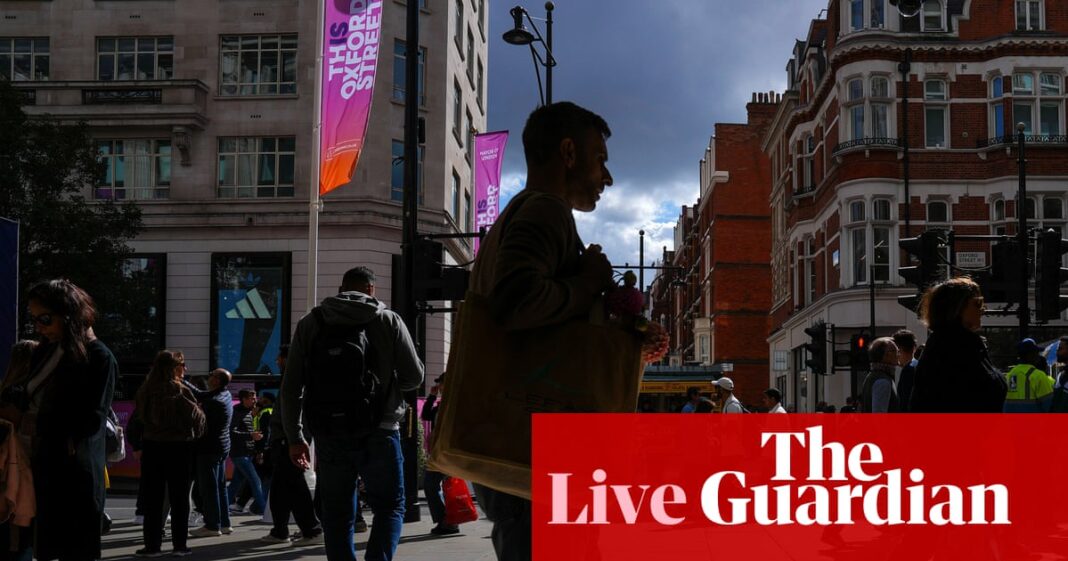More than a million people over the state pension age could be hit with an unwanted tax bill, experts have warned. The number of pensioners facing tax bills on their savings income has more than doubled since 2022-23 due to high interest rates and frozen thresholds.
Savers are facing taxes on the interest earned on their savings. According to HM Revenue and Customs (HMRC) figures, around 1,160,000 people can expect to pay tax on income earned from their savings in 2025 and 2026. It means that pensioners account for almost half of the 2,640,000 taxpayers due to pay income tax on cash savings interest earned in the current financial year.
The figures were obtained by investment platform AJ Bell. Of the pensioners incurring a tax liability, more than 80,000 will pay 45% on the interest they earn on savings held outside cash Isas, which are tax-free accounts. This is an increase from 33,000 three years ago.
AJ Bell show the figure jump significantly in the last few years, growing from 493,000 in 2022-23, to 953,000 in 2023-24, and 1,090,000 in 2024-25. 2,640,000 taxpayers are expected to pay income tax on cash savings interest earned in this financial year.
The total number of taxpayers incurring tax on savings has spiralled in recent years, courtesy of a combination of rising interest rates and frozen tax thresholds.
Charlene Young, of investment platform AJ Bell, which submitted the Freedom of Information request, said: “In retirement it is common to hold a little more cash. People often want to de-risk some of their investments and those with a good handle on their spending needs might look to build a cash flow ladder or funnel to match what they’ve got planned for the next few years.
“Unfortunately, that appears to be leading to a large number of pensioners suffering a tax bill on their cash savings with increasing numbers being dragged into higher tax bands too.”
These figures come as Chancellor Rachel Reeves is expected to slash the amount that savers may put into cash ISAs from £20,000 to £10,000. The Government’s strategy keeps the overall £20,000 threshold while restricting cash holdings to half that amount.
By only being able to keep half of this allowance in a Cash ISA, it is hoped savers would be incentivised to invest more of their overall ISA allowance in the stock market instead — using a Stocks and Shares ISA.


